The stakes were high for the taxpayer in the case of Moore v. Commissioner, which was recently decided by the United States Tax Court and filed by the Court today. The question that was on the table was simply this–was the taxpayer a professional gambler or not.
On his 2006 income tax return, the taxpayer claimed to be a professional gambler, showing gambling winnings of approximately $25,000 and gambling expenses of approximately $40,000 on his Schedule C. The net loss from his claimed trade or business as a gambler of approximately $15,000 was used to reduce his other income.
The IRS disagreed with the taxpayer, taking the position that the taxpayer was not a professional gambler and, thus, was not allowed to show a business loss from his gambling activities.
The taxpayer worked full-time as an X-ray technician and went to casinos to gamble frequently. At the casinos, the taxpayer’s gambling activity of choice was playing slot machines.
In 2006, the taxpayer had winnings of approximately $25,000 and losses of an equivalent amount. The other gambling expenses in addition to his gambling losses that the taxpayer sought to deduct included expenses for utilities, meals and entertainment, travel, supplies, rent or lease expenses, and expenses related to a car or truck.
The IRS agreed that the taxpayer was entitled to deduct his gambling losses that did not exceed his gambling winnings pursuant to Section 165(d) of the Internal Revenue Code. Even professional gamblers are limited to deducting their gambling losses to the amount of their gambling winnings. It was the additional approximately $15,000 in gambling expenses that the IRS sought to disallow because the taxpayer, in its view, was not a professional gambler.
How the Tax Court went about determining whether or not the taxpayer was a professional gambler is instructive for all taxpayers involved in gambling activities as well as taxpayers who seek to deduct losses from activities that may or may not be carried on profit. In effect, in order to be able to deduct a loss from an activity carried on by a taxpayer, purportedly as a trade or business, the activity may not be a hobby; it must be carried on for profit.
The guidelines for determining whether an activity is carried on for profit are found in Treasury Regulations Section 1.183-2(b). In this Treasury Regulation, there are 9 factors that indicate whether a taxpayer is involved in an activity with a profit motive. With respect to the taxpayer in the Moore v. Commissioner case and the 9 factors, the Tax Court found the following:
1. Manner in which the taxpayer carries on the activity – The taxpayer did not keep records in a businesslike and professional manner, which was a strike against him. Moral–if you engage in an activity that you consider a trade or business, keep good records.
2. Expertise – The taxpayer did not study gambling or consult gambling experts. Moral–if you engage in an activity that you consider a trade or business, seek to become an expert concerning your activity, and document all that you do to increase your expertise.
3. Time and effort expended in the activity – In this case, it was noted that the taxpayer was primarily an X-ray technician, and the time and places he gambled depended on his schedule as an X-ray tech. Moral–if you don’t want the IRS to treat your activity as a hobby, spend quality time and effort on your activity.
4. Expectation that assets used will appreciate in value – This factor in the Treasury Regulation was not relevant to this case, since there weren’t any assets used by the taxpayer in his gambling activity that were held by potential appreciation in value.
5. Success of taxpayer in similar or dissimilar activities – The Tax Court noted that the taxpayer did not have a history of business success except for his work as an X-ray technician and in delivering food. The Court said that “there is no evidence that his success in these fields paved the way for success as a gambler.” Moral–it helps if you can show a history of success in a field that translates well into potential success in the activity that you are seeking to treat as a separate trade or business.
6. History of income or losses with the activity in question – In this case, the taxpayer conceded that his gambling had never been profitable. This is obviously a negative factor when you are seeking to prove that your activity has a profit motive.
7. The amount of occasional profits earned – In this case, the taxpayer conceded that his gambling had never been profitable, which hurt his case that he was engaged in a gambling trade or business as a professional gambler.
8. The financial status of the taxpayer – In the year in question, the taxpayer earned the bulk of his income from his work as an X-ray tech.
9. Elements of personal pleasure or recreation – The Tax Court found that the taxpayer began to gamble in order to occupy his leisure time and that he at least partially enjoyed gambling. Does this mean that you cannot enjoy an activity engaged in for profit as a trade or business? No, but if your activity is never profitable and falls into a category that is engaged in for leisure by many people, it may be difficult to overcome the conclusion that you are engaging in the activity as a hobby or leisure activity as well.
The Moore case is instructive not only for taxpayers who engage in gambling activities but for all taxpayers who have an ancillary business activity that wish to treat as an activity that is not merely a hobby. Run your own particular facts through the 9-factor test found in Treasury Regulation Section 1.183-2(b). Once you do, you should have a better sense of whether your activity has a bona fide profit motive or not.
